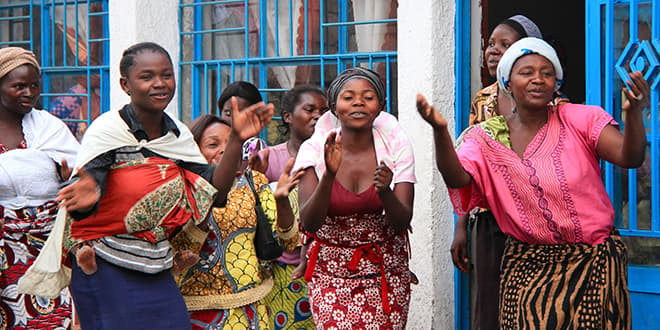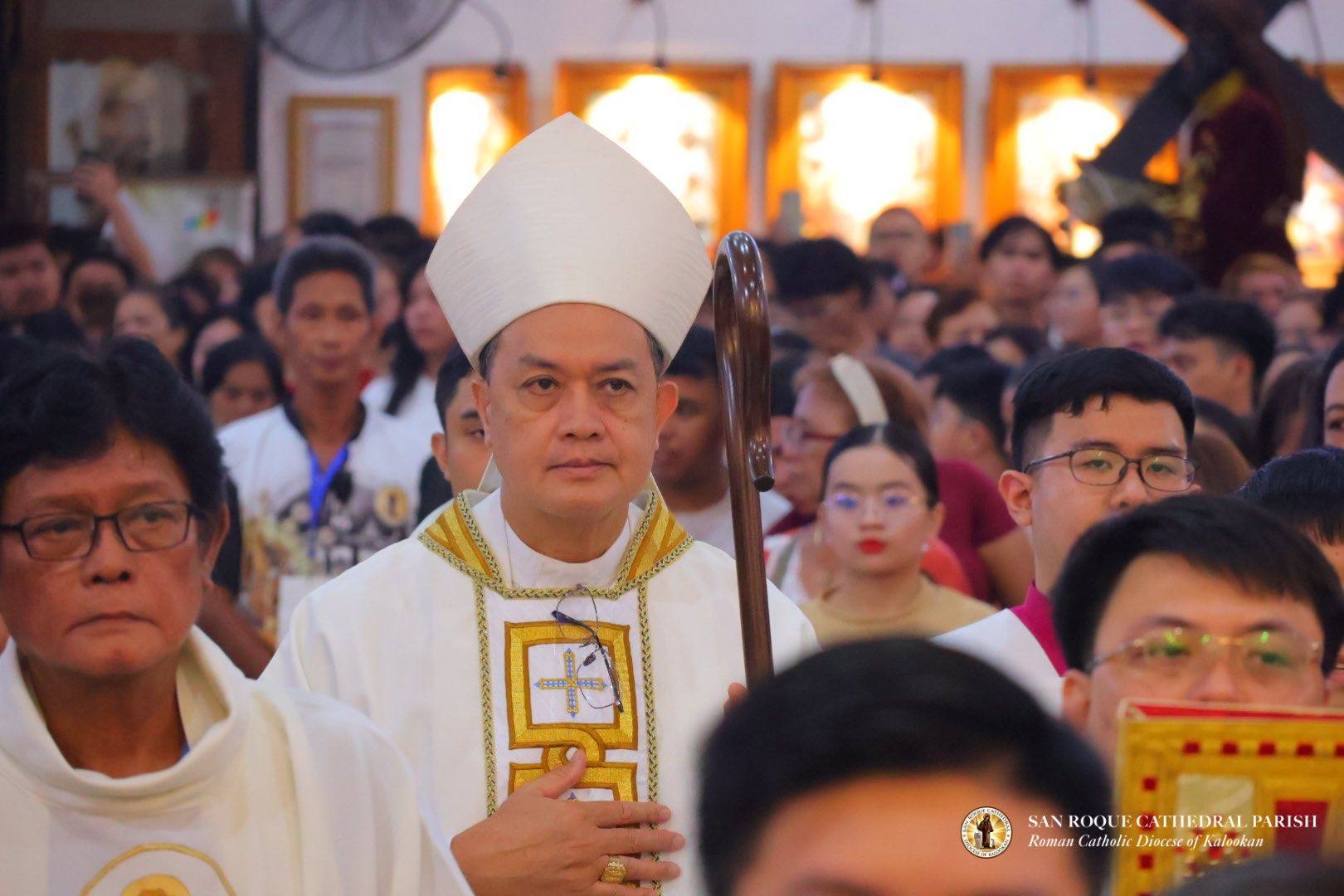ROME – Even in the purest democracies, it’s a myth that elections are determined by the people. In reality, they’re determined by the people who actually vote – which, in the recent midterms in the US, was about 47 percent of those eligible to cast a ballot.
Of course, the Catholic Church is not a democracy. Pope Francis, however, clearly wants it to be more of a Synod, premised on the idea of listening to everybody. Yet once again, that’s not really “everyone,” but everybody who shows up to be heard.
When we tick off the world’s largest Catholic countries, we generally focus on overall population size, i.e., the number of baptized Catholics in those places. By that standard, here’s the current Top Ten list.
- 1) Brazil (120 million)
- 2) Mexico (90 million)
- 3) Philippines (80 million)
- 4) United States (67 million)
- 5) Italy (47 million)
- 6) Democratic Republic of Congo (45 million)
- 7) Colombia (35 million)
- 8) Poland (33 million)
- 9) France (32 million)
- 10) Spain (30 million)
Overall, that’s three nations out of Latin America (including Mexico), one in North America, one each for Africa and Asia, and four in Europe.
However, what if we change the focus to what we might call “practicing” Catholics, meaning those who go to Mass at least once a week?
Thanks to the World Values Survey (WVS), we have data on Mass attendance rates from around the world, which allows us to put together a Top Ten list for countries with the most practicing Catholics. The WVS does not contain data for many sub-Saharan African nations, so here we’re using an average of the two countries we do have, Nigeria and Kenya, which works out to a Mass attendance rate of 83.5 percent.
- 1) Philippines (47 million)
- 2) Mexico (45 million)
- 3) Democratic Republic of Congo (37.5 million)
- 4) Nigeria (30.5 million)
- 5) Uganda (28.4 million)
- 6) Colombia (20.5 million)
- 7) Poland (17.2 million)
- 8) Tanzania (17.1 million)
- 9) Angola (16.7 million)
- 10) Italy (13.6 million)
Now the picture looks quite different. Overall, there are five sub-Saharan African nations in the top ten, with one from Asia, two from Latin America (again including Mexico) and two from Europe. Brazil disappears altogether, with a Mass attendance rate of just 8 percent, as does the United States, where the in-person Mass attendance rate of 17 percent translates into 11.4 million practicing Catholics.
Anyone looking at that list could conclude that in terms of turnout, if not census rolls, Catholicism today is largely an African enterprise. Given trends in both population growth and also Mass attendance, this African domination will only increase as the century wears on.
There are at least a couple of immediate conclusions to be drawn.
First, pay careful attention to Pope Francis’s six-day trip to Congo and South Sudan, which opens today and which marks his third voyage to sub-Saharan Africa. Listen not just to what the pope says to the Africans, but what the Africans say to him.
This trip is not just an Africa story. It’s a Catholic story, because no matter where you live, if you belong to the Catholic Church, Africans increasingly will be setting the tone based on the simple fact that they’re the ones who show up.
Second, it will be interesting going forward to gauge to what extent the ongoing Synod of Bishops on Synodality reflects what African voices are saying. Pope Francis recently criticized the “synodal path” in Germany for being an exercise “made by the elites.” By the same token, it will be important that his own synod not be open to the criticism of being something “made by the west.”
Recently the Regional Episcopal Conference of West Africa, which includes Nigeria, Ivory Coast, Burkina Faso, Guinea, Benin, Mali, Togo, Ghana, Senegal, Mauritius, Cape Verde, Guinea-Bissau, Gambia and Sierra Leone, held a press conference to present the results of its own synodal deliberations.
“The people insisted that there is need for the Church to redefine her values and this redefinition of values in a changing world should be based on the word of God and the living tradition of the Church and not on feelings and sentiments,” said Father Vitalis Anaehobi, a Nigerian priest who serves as secretary general of the regional conference.
Noting that the Vatican-issued “Document for the Continental Stage” of the synod features the image of the church as what Americans would call a “big tent,” drawing on Isaiah 54:2, “enlarge the space of your tent,” Anaehobi said Catholics in West Africa prefer another scriptural image – John 14, “in my Father’s house there are many mansions.”
“When we say the central idea is inclusiveness, they prefer a house where there are rules and principles and not just a tent where anybody can just come in,” he said.
While right and wrong aren’t determined by headcounts, it’s still an arresting exercise to compare the numbers of practicing Catholics in two representative Catholic nations.
In Germany, there are 22.1 million Catholics and a weekly Mass attendance rate of 14 percent, which works out to 3.1 million practicing German Catholics. As we’ve already seen, Nigeria has ten times that total at 30.5 million.
One wonders if the Nigerian voice will, therefore, be ten times as prominent as Germany’s when the dust settles on the synod process.
Beyond those relatively obviously points, there are undoubtedly many other insights to be gleaned from comparing overall Catholic populations to practicing Catholic totals. Thanks to the World Values Survey and to Georgetown’s Center for Applied Research in the Apostolate for providing us with the raw material.












